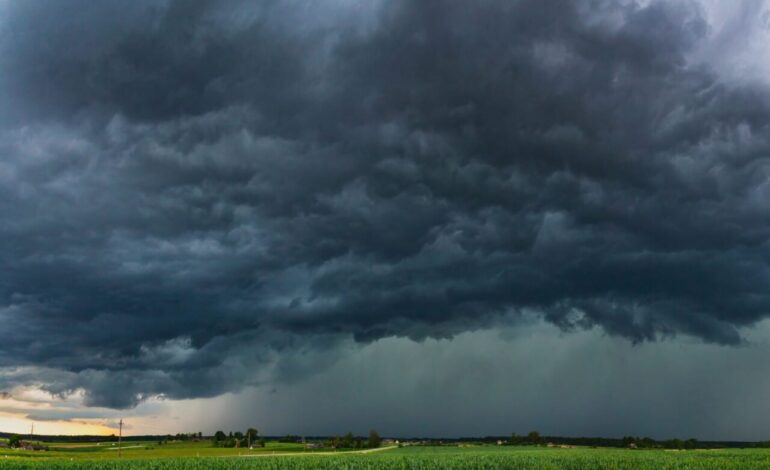Become a Backyard Meteorologist with Simple Tools and Tips

Individuals interested in weather forecasting can become backyard meteorologists using simple tools and techniques. Modern meteorology relies on advanced technologies, but foundational principles from earlier methods remain effective. Experts John Huth from Harvard University and Steve Seman from Penn State University provide insights on how anyone can start observing and predicting local weather patterns.
Understanding Weather Fundamentals
Weather is influenced by six key variables: temperature, atmospheric pressure, cloud formation, wind, humidity, and precipitation. These elements interact to create various weather scenarios. Understanding how these factors work together is crucial for amateur meteorologists. Seman emphasizes that air movement, both horizontal and vertical, is at the core of weather patterns.
“Convergence causes air to rise, while divergence leads to sinking air,” Seman explains. As warm air moves upward, it encounters lower pressure and expands, cooling in a process known as adiabatic cooling. If it cools past the dew point, clouds can form, potentially leading to storms. Huth points out that comprehending these basic concepts provides a solid foundation for grasping the complexities of the atmosphere.
Essential Tools for Backyard Meteorology
To start forecasting, prospective meteorologists should first observe their environment. Huth encourages beginners to ask questions like, “Does it feel humid? What types of clouds are present?” Such observations form the basis of weather understanding.
After establishing observational skills, individuals can build a toolkit. While there are many instruments available, both experts advise against overspending on advanced equipment. Simple tools like thermometers, barometers, and hygrometers can be effective.
For those willing to invest in technology, home weather stations can be purchased, typically ranging from $100 to over $1,000. Huth cautions that the placement of these instruments significantly impacts measurement accuracy. “For many, the cost may not justify the benefits due to unsuitable locations for data collection,” he notes.
Practice and Community Engagement
Backyard meteorology can be a challenging pursuit, even for those with a scientific background. Both Huth and Seman acknowledge that learners may feel frustrated at times. They advise aspiring meteorologists to embrace the learning journey and maintain realistic expectations.
“There is not one meteorologist in the world who knows all the answers every single time,” Seman remarks. Huth encourages individuals not to fear mistakes, as weather can be unpredictable. Connecting with others who share an interest in weather can enhance the learning experience. Online forums, such as those on the American Weather website, and local clubs provide excellent opportunities for knowledge exchange.
While learning to forecast weather may require a significant investment of time and effort, the rewards are substantial. Understanding local weather not only helps with day-to-day decisions but also enhances appreciation for the natural environment. “The weather influences everyone’s life, from daily clothing choices to managing heating expenses,” Seman concludes.
For those eager to embrace the art of meteorology, starting with fundamental concepts and a few basic tools can lead to a rewarding journey of exploration and knowledge.






